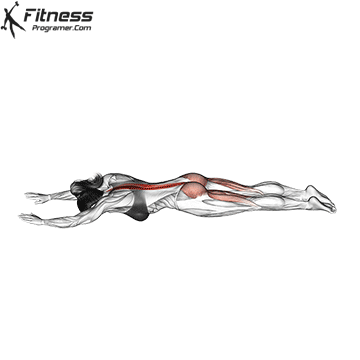Banded Shoulder External Rotation
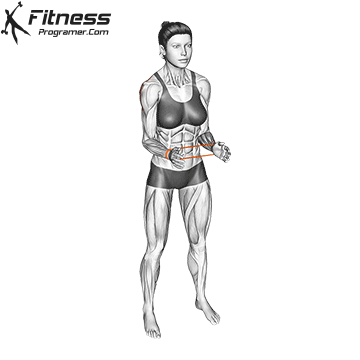
How to: Single Knee To Chest
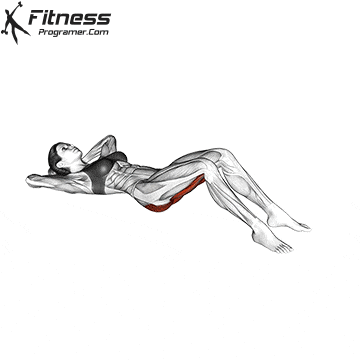
How To: Standing Knee Hugs
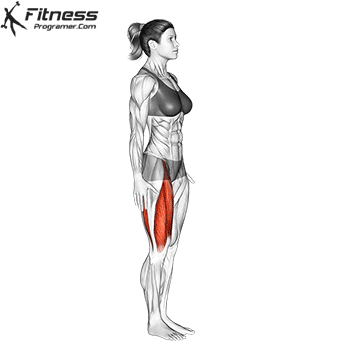
Take your knee alternately as close to your chest as possible. Hold this stretch for 20 to 30 seconds.
Dynamic stretching consists of active movements. It is usually done before a workout to help warm up your muscles and increase your heart rate. Move slowly, stop and repeat, dig a little deeper each time and improve your range of motion.
Static stretching, more commonly done at the end of a workout when your muscles are warm, is when stretches are held in place for a certain period of time, not moving. Static stretching is the most effective form of stretching for loosening up your muscles, joints, ligaments, and tendons, while also improving flexibility and range of motion. Static stretching requires you to move a muscle to the end of its range of motion and maintain this position for 20 to 45 seconds. Repeat this 2 to 3 times each.
Standing Knee Hugs Benefits
- The purpose of hugging your knees is to stretches your legs and your glutes muscles. This exercise will also stretch your hamstring and quadricep muscles.
- Before starting leg training, you can apply this exercise after warm-up exercises to stretch your legs. Thus, your leg muscles will become more flexible against injuries.
Muscles Worked in the Standing Knee Hugs
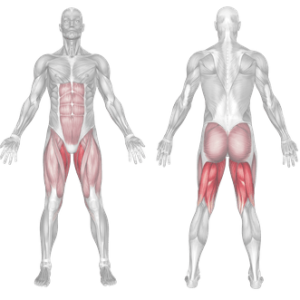
How to Superman Exercise
Superman Exercise Benefits
- Superman exercises are an excellent workout that strengthens your core, lower back, glutes, and hamstrings.
- This move strengthens the erector spinae muscles that provide support to the spine. Strong back muscles can prevent postural deviations that lead to poor posture and discomfort, such as kyphosis (“hunchback”). Superman movement improves your posture by extending your back muscles and reducing the tension between your lower back and core areas. It also enhances your lower back’s strength, making it easier to stay upright throughout the day.
- It’s also beneficial for lower back health as some lower back pain can stem from weak glutes and tight hamstrings.
Muscles Worked in the Superman Exercise
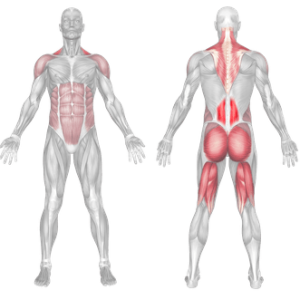
How to do Piriformis Stretch
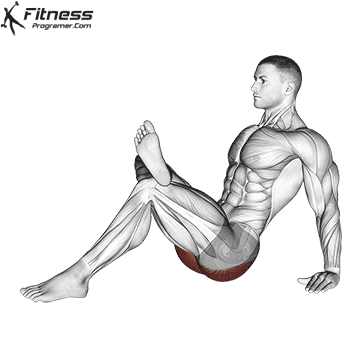
How to: Half Kneeling Hip Flexor Stretch
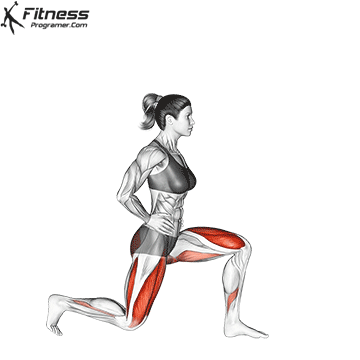
Take your knee alternately as close to your chest as possible. Hold this stretch for 20 to 30 seconds.
Dynamic stretching consists of active movements. It is usually done before a workout to help warm up your muscles and increase your heart rate. Move slowly, stop and repeat, dig a little deeper each time and improve your range of motion. Pre-workout dynamic stretching improves circulation, prepares your muscles for movement, and temporarily increases your range of motion.
Static stretching, more commonly done at the end of a workout when your muscles are warm, is when stretches are held in place for a certain period of time, not moving. Static stretching is the most effective form of stretching for loosening up your muscles, joints, ligaments, and tendons, while also improving flexibility and range of motion. Static stretching requires you to move a muscle to the end of its range of motion and maintain this position for 20 to 45 seconds. Repeat this 2 to 3 times each.
Half Kneeling Hip Flexor Stretch Benefits
- It is a stretching movement that runners use frequently. It is practiced for flexibility of muscles in the lower body, including quadriceps, hamstrings, hips, thighs and calves. The best way to keep these muscles relaxed and flexible is by including dynamic stretches in your warm-up and static stretches in your cooldown routine. Stretching your muscular regularly can improve your flexibility and performance, and also prevent injury and stiffness.
Muscles Worked in the Kneeling Hip Flexor Stretch
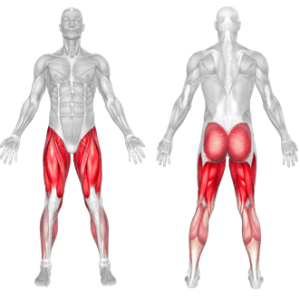
How To: Inner Thigh Side Stretch
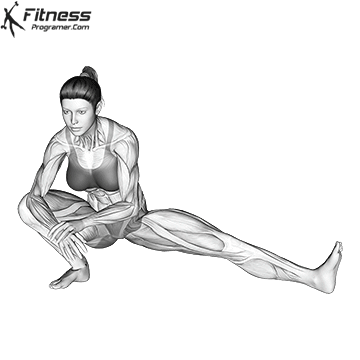
Dynamic stretching consists of active movements. It is usually done before a workout to help warm up your muscles and increase your heart rate. Move slowly, stop and repeat, dig a little deeper each time and improve your range of motion.
Static stretching is typically done at the end of your workout, once your muscles are warm and relaxed. Hold the stretch for 15 to 40 seconds. Return to the starting position and repeat on the other side.
Inner Thigh Side Stretch Benefits
- The adductor group is located on the inside of the leg and consists of the pectineus, adductor brevis, adductor longus, adductor magnus and gracilis. The best way to keep these muscles relaxed and flexible is by including dynamic stretches in your warm-up and static stretches in your cooldown routine. Stretching your adductors regularly can improve your flexibility and performance, and also prevent injury and stiffness.
- Pre-workout dynamic stretching improves circulation, prepares your muscles for movement, and temporarily increases your range of motion.
Muscles Worked in the Inner Thigh Side Stretch
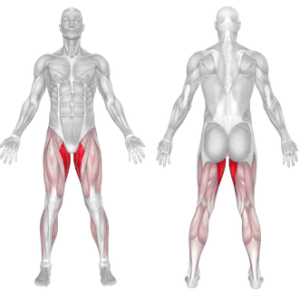
How to do Butterfly Stretch
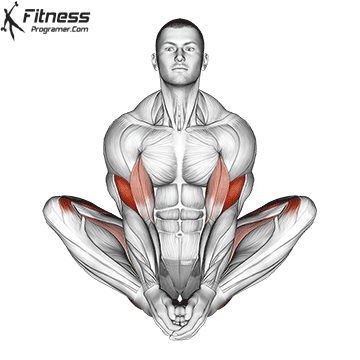
Dynamic stretching consists of active movements. It is usually done before a workout to help warm up your muscles and increase your heart rate. Move slowly, stop and repeat, dig a little deeper each time and improve your range of motion.
Static stretching is typically done at the end of your workout, once your muscles are warm and relaxed. Hold the stretch for 15 to 40 seconds. Return to the starting position and repeat on the other side.
Butterfly Stretch Benefits
- The adductor group is located on the inside of the leg and consists of the pectineus, adductor brevis, adductor longus, adductor magnus and gracilis. The best way to keep these muscles relaxed and flexible is by including dynamic stretches in your warm-up and static stretches in your cooldown routine. Stretching your adductors regularly can improve your flexibility and performance, and also prevent injury and stiffness.
Muscles Worked in the Butterfly Stretch

How to do Glute Bridge
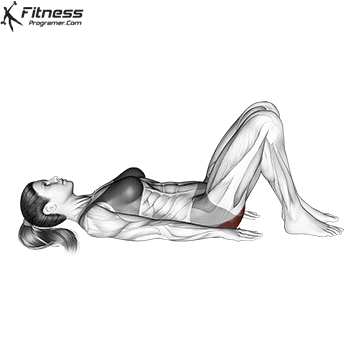
Step 1: Start by laying on your back with your feet firmly planted on the floor, bending your knees at a 90 degree angle.
Glute Bridge Benefits
- The target muscle group of the glute bridge exercise is the hip muscles. You can include it in your exercise program to tighten and tone the hip muscles as well as improve hip mobility and strengthen your waist.
- Strengthens core muscles: The bridge exercise activates all the core muscles, including the transverse abdominis, rectus abdominis, and obliques. The glute bridge will help you stabilize the center of the body, hamstrings, back, belly and also the butt. Although the exercise targets the butt area, the glute bridge does a great job of activating and strengthening your core stabilizer muscles.
- Bridge exercises are generally safe for people with chronic back problems and can aid in pain management.
Glute Bridge Muscles Worked
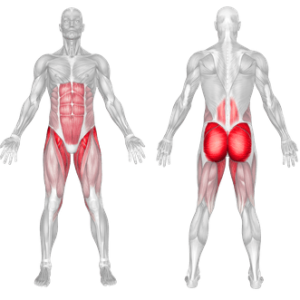
How to do standing side bend


